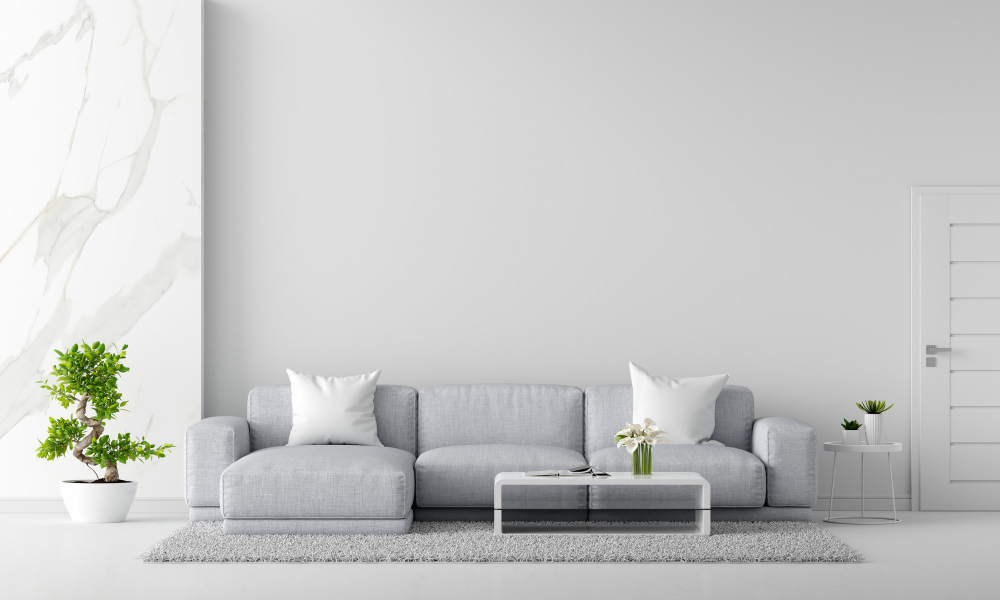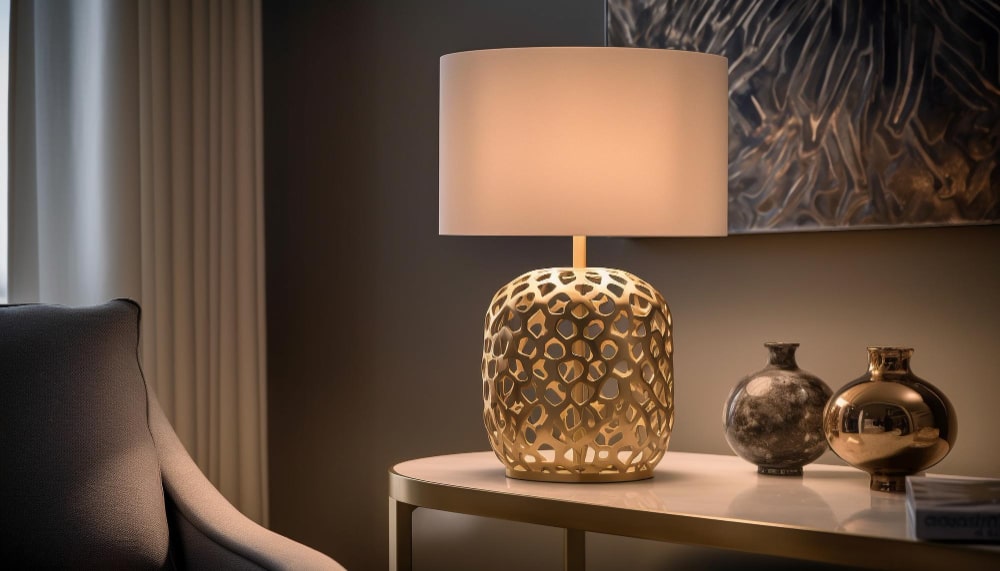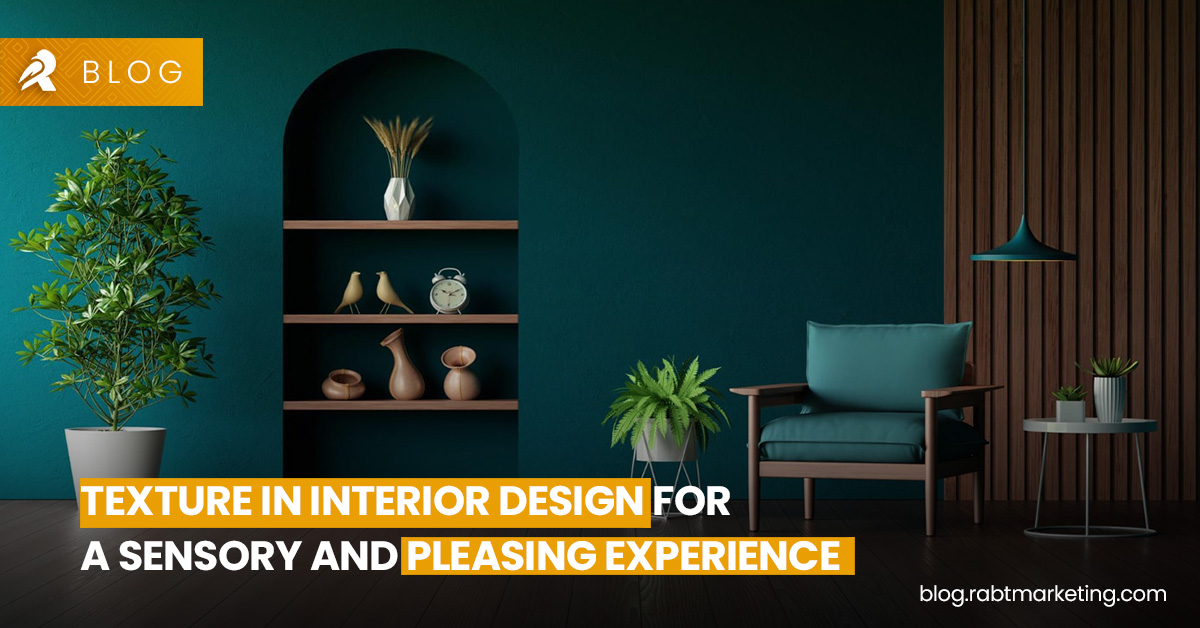When people think to renovate their homes, mostly they understand the importance of different textures. Interior texture goes beyond decoration, it establishes a real union between man and his dwelling. A new and fresh texture make your room more pleasant as well and warm to your senses.
What is Texture in Interior Designing ?
Texture refers to how something feels or looks. texture refers to the surface quality of materials and elements used in a space. It involves both the tactile, physical feel of surfaces and their visual appearance. Both the way things feel and how they look add up to create the overall feel of a room, affecting not just how it looks but also how we experience it.
Interior Designers use different textures in a room not just to make it aesthetically pleasing but also to get attention towards specific elements within a room out create a balanced design. Contrasting textures highlight specific parts of the design and contribute to the overall harmony of the design.
Good understanding of textures might be a bit tricky if you’re not a designer. When you’re decorating your own space, textures come in naturally through different materials you use. If these textures might match your personal style, the interior design will doesn’t get too boring or too fancy for you. In this blog,we will explore few ways
Few Ways to Add Best Texture to your Room

Layer Different Textures
Layering is a fundamental aspect of interior design, fostering a rich and immersive scheme. Think beyond traditional kind of furniture furnishing and combine various sources of texture.Consider matte versus glazed ornaments, just a pose book spines with sculpted glass lamps, or pair a polished granite fireplace hearth with a tasseled rug. Every element in the room, from walls to furnishings, can contribute to the overall improvement of your texture.
Use Contrasting Fabrics
Contrast in textures not only pleases the eye but also provides balance. If your color palette features similar shades, introduce diversity by varying the textures of fabrics in the room. Look beyond sofas and armchairs to curtains, blinds, and lampshades. As seasons change, adapt textural contrasts—switching from linen and cotton in summer to velvet and faux fur in winter.
Add Textured Furniture
Furniture texture is a tactile experience and warrants exploration. From running your hand over a smooth marble table to enjoying meals on a rustic oak dining table, the subtle differences in furniture textures add allure as your eyes move around the room.
Use Textured Home Accessories
Use vases, ornaments, sculptures, and mirrors to have fun with different textures. Arrange them with varied textures to make a statement, ensuring a cohesive link between different finishes. The aim is not to use too many different textures that clash, but to add elements that work together, bringing in diversity and making the space more intriguing.
Decorate with Plants & Flowers
Plants and Flowers have a unique importance in texture design. Not only can you touch and feel them, but they also add a visual touch with their various shapes, colors, and sizes. Choose plants and flowers that harmonize with existing textures in the space, creating a stunning visual appearance to your home.
Premium Lighting

Premium Lighting, with its dual texture aspect, add elegance to interior design. A well-lit room not only enhances visibility and productivity but also has the power to influence one’s emotions and build an energetic atmosphere for work and social activities. In fact, good lighting is the silent architect of a room. The look and feel of the lamp contribute to physical texture, while the rays of light themselves introduce visual texture. Consider the texture of light, varying from warm white to cool white, and strategically position light sources to create waves of illuminated texture throughout the room.
Read More:- How to Upgrade Your Bathroom to a Luxurious and Comfortable Space
Conclusion
In conclusion, the use of good texture in interior design elevates a space from ordinary to extraordinary. Whether through deliberate layering, contrasting fabrics, textured furniture, accessorizing, or thoughtful lighting, the strategic use of texture adds depth, interest, and a sensory dimension to your living spaces.

